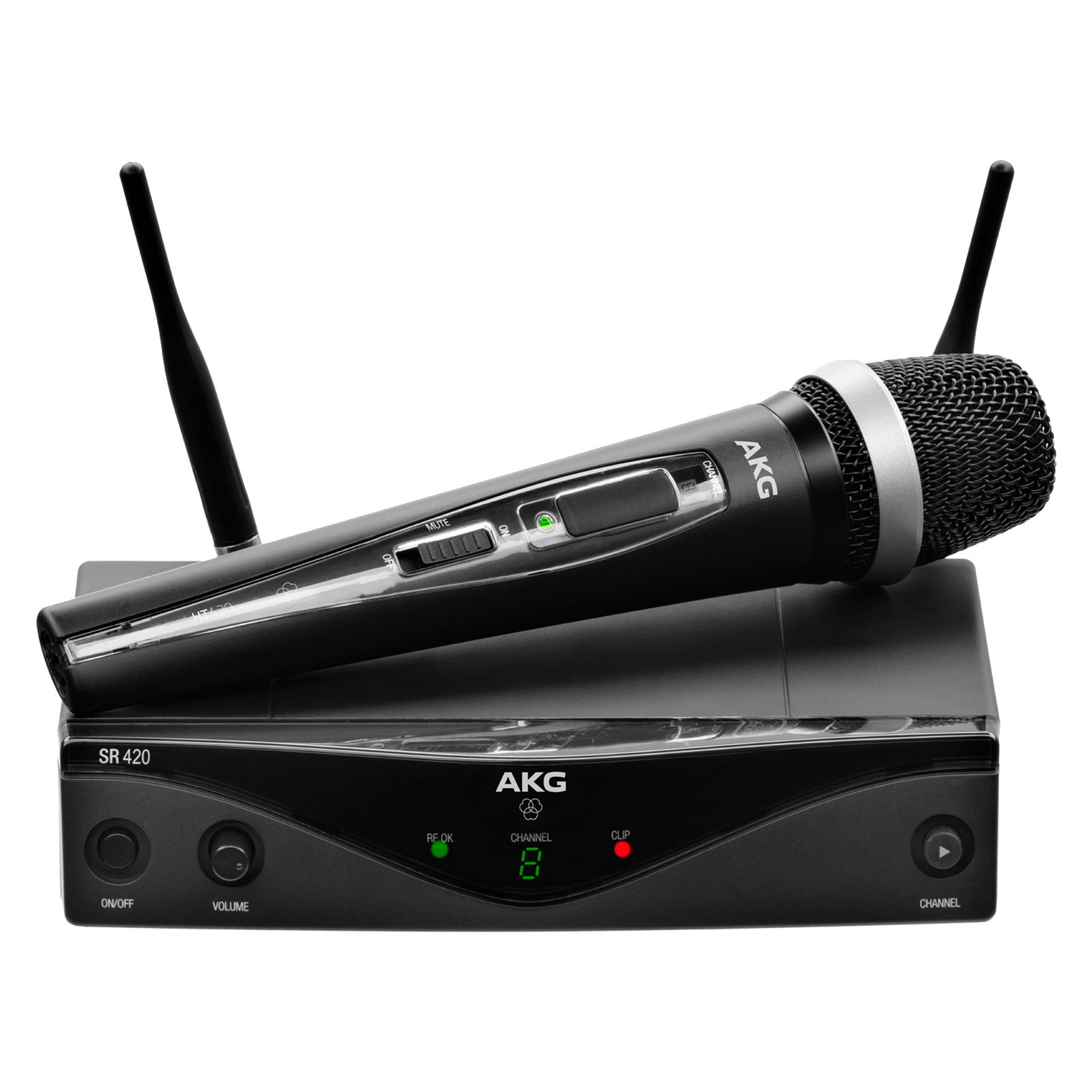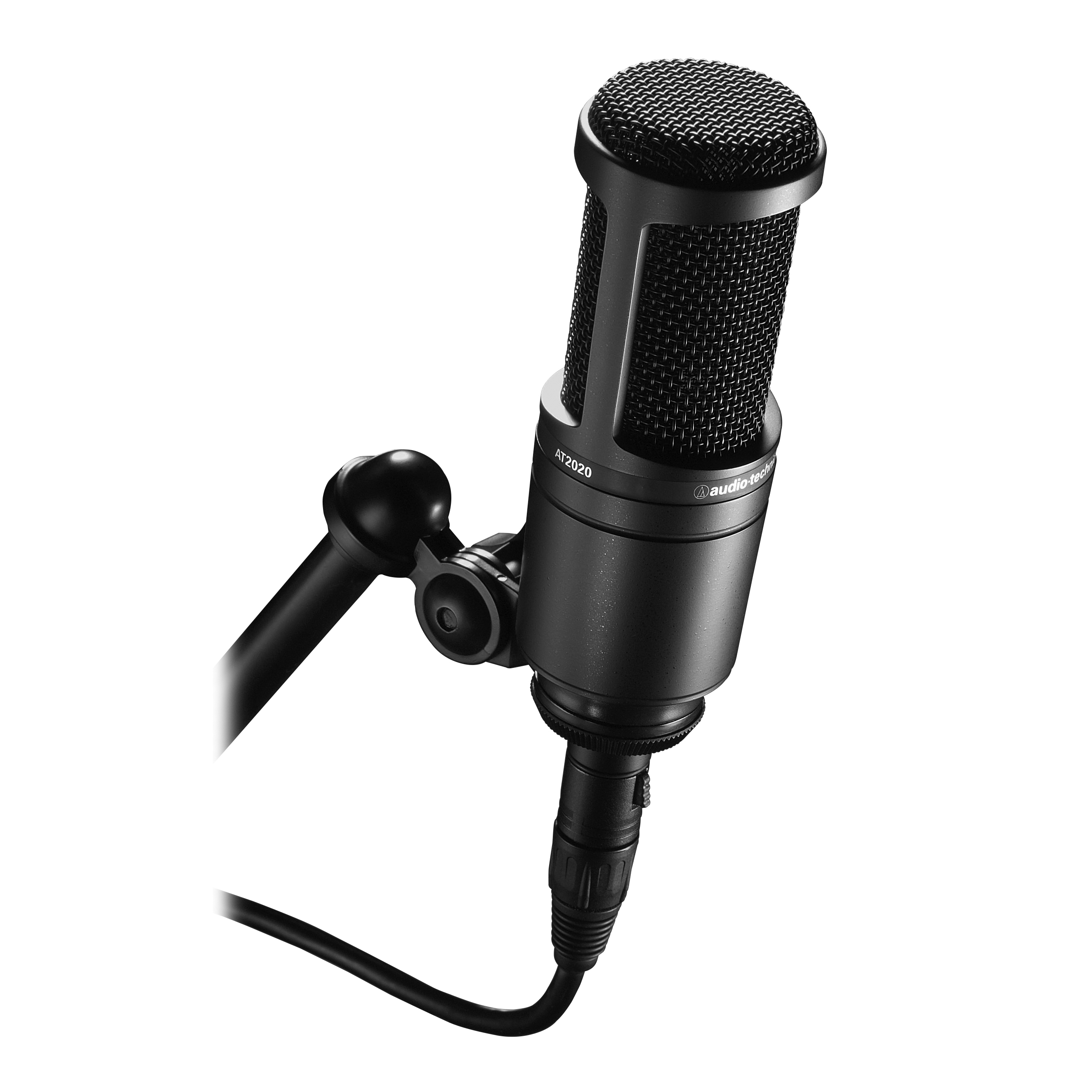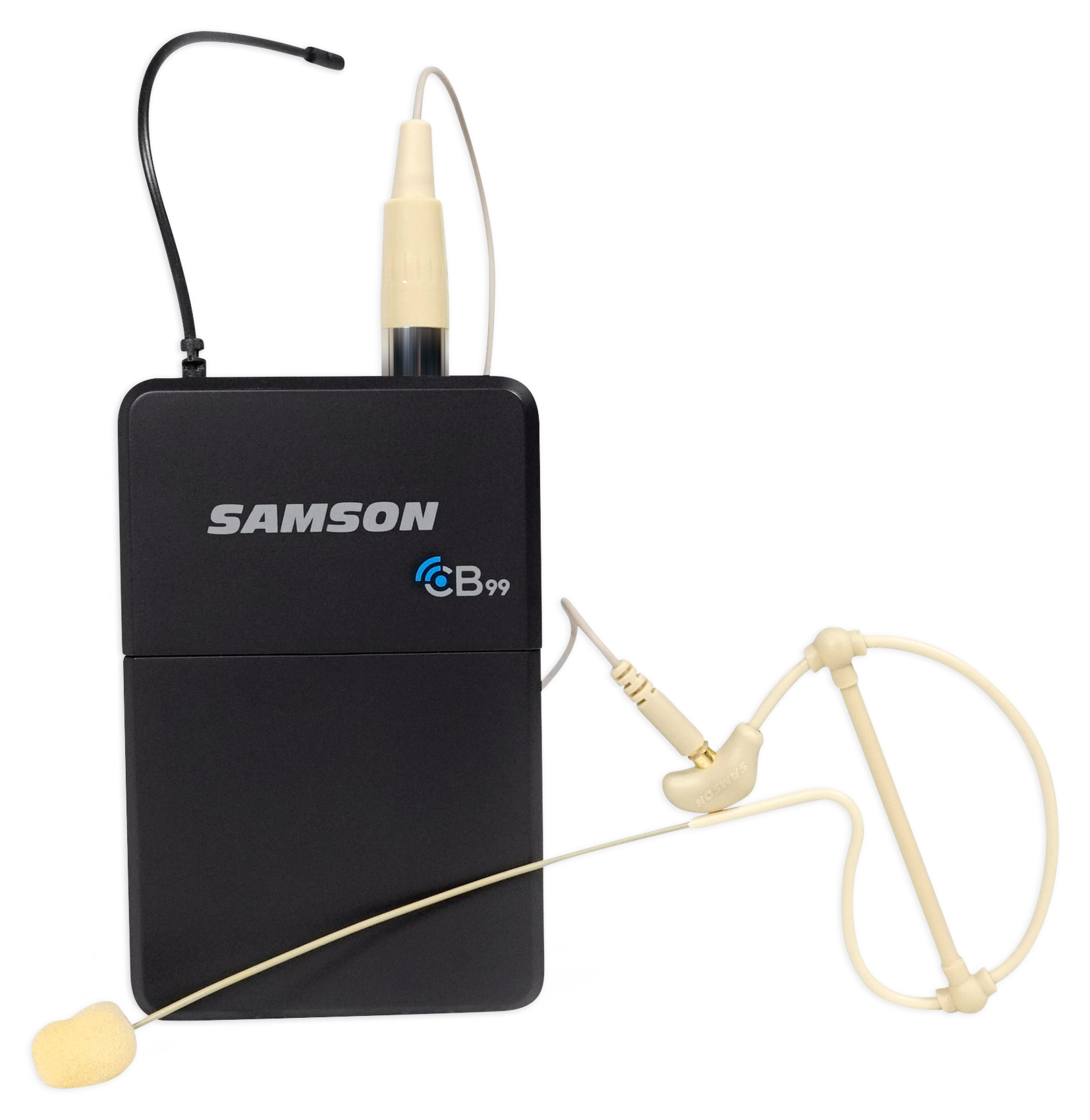

As a result, if an external microphone says "iPhone ® compatibility" in its product description, you can be very certain it utilizes a TRRS connector. Most microphones with a 3.5mm connector, thankfully, support the TRRS standard. Because the electrical connections do not line up or the audio does not transmit in two ways, a TRS plug will not operate with an iPhone ® for audio recording. Instead, the iPhone ® will use its built-in microphone to record.

However, if you use a wireless lav microphone for iPhone ® with a TRS connection, your phone will not recognize it, even if it is plugged in properly. You can also listen to music on your iPhone ® by plugging in a headset with a 3.5mm TRS connection. iPhones often allow TRRS (tip, ring, ring, sleeve) 3.5mm headphones. iPhone ® requires TRRS plugs for audio recordingĮven though your iPhone ® has a 3.5mm jack, it won’t capture audio with every mic featuring a 3.5mm connector. If your iPhone ® just has a lightning connector and no headphone jack, you'll need to use a few adapters. Both the Lightning and headphone ports can be utilized for audio input if you have Apple smartphones with a 3.5mm audio jack. The accessories needed to use an external microphone for iPhone ® may differ depending on the model you have. Accessories are needed if connectors don't match The next step is to connect your wireless microphone for iPhone ® once it has been placed and positioned properly. Four tips to connect wireless mic to your iPhone ® You'll get an excellent outcome if the mic is 20-30cm from your mouth and there are no clothes rubbing against it. If you want to be more creative, you can attach the mic behind a headband. If you're wearing athletic attire, this is generally the best option.

#WIRELESS MICROPHONE FREQUENCY BANDS INSTALL#
The shoulder straps are another ideal spot to install a wireless lavalier microphone for iPhone ®if you're wearing a singlet. Avoid this by wearing a looser neckline or positioning the mic to the side rather than right beneath the chin. You can put the mic on a neckline, but keep in mind that if it's too close to the neck, the sound will be coloured and odd. Things can get a bit trickier if you're wearing clothing that doesn't have a firm seam for mounting, such as a singlet or t-shirt.
#WIRELESS MICROPHONE FREQUENCY BANDS FREE#
Just make sure the mic is free of any clothes that could rub against it, or it will damage your recording. It’s simplest to place this kind of microphone to an edge of clothing, such as the seam of a button-up shirt, the lapel of a jacket, or the edge of a tie. Mounting your lav according to the types of clothing And now you can mount the windshield back. Just remove the windscreen, pinch the spiral clasp, slide your mic into the loop, and release the clasp. These clips might be a bit difficult for first-time users, but they are really simple to utilize.

Attaching the lav mic to its clipĪll lavs come with a clip that you can use to attach the mic to the clothing. This will provide an uncolored and natural sound. However, as a general rule, the mic should be placed on the chest, approximately a hand's breadth (20-30cm) away from the talent’s mouth. Most lav mics have an omnidirectional capsule, which means they capture sounds from each direction equally and are hence very forgiving while recording. In order to get the finest quality from a lavalier microphone for iPhone ® Lightning, it's vital to consider its distance to your sound source. How to place lavalier microphone for iPhone ®?


 0 kommentar(er)
0 kommentar(er)
